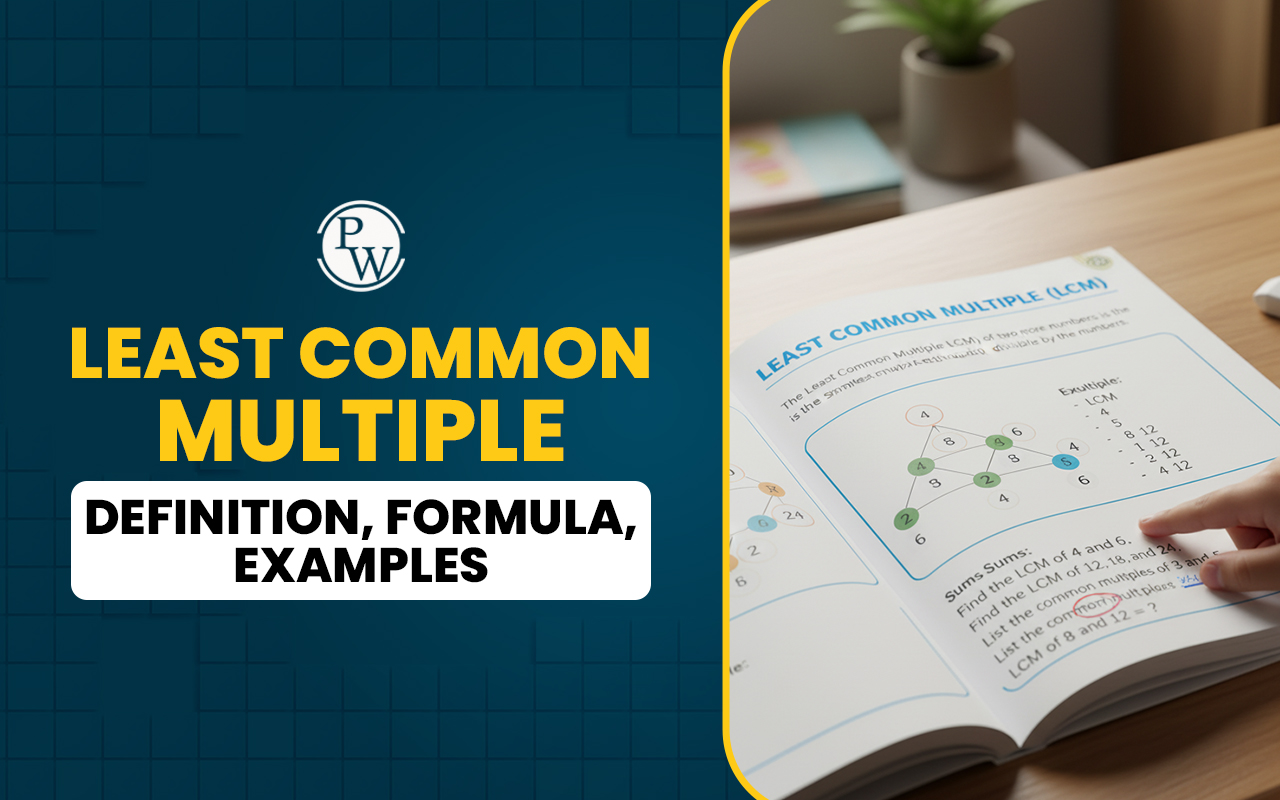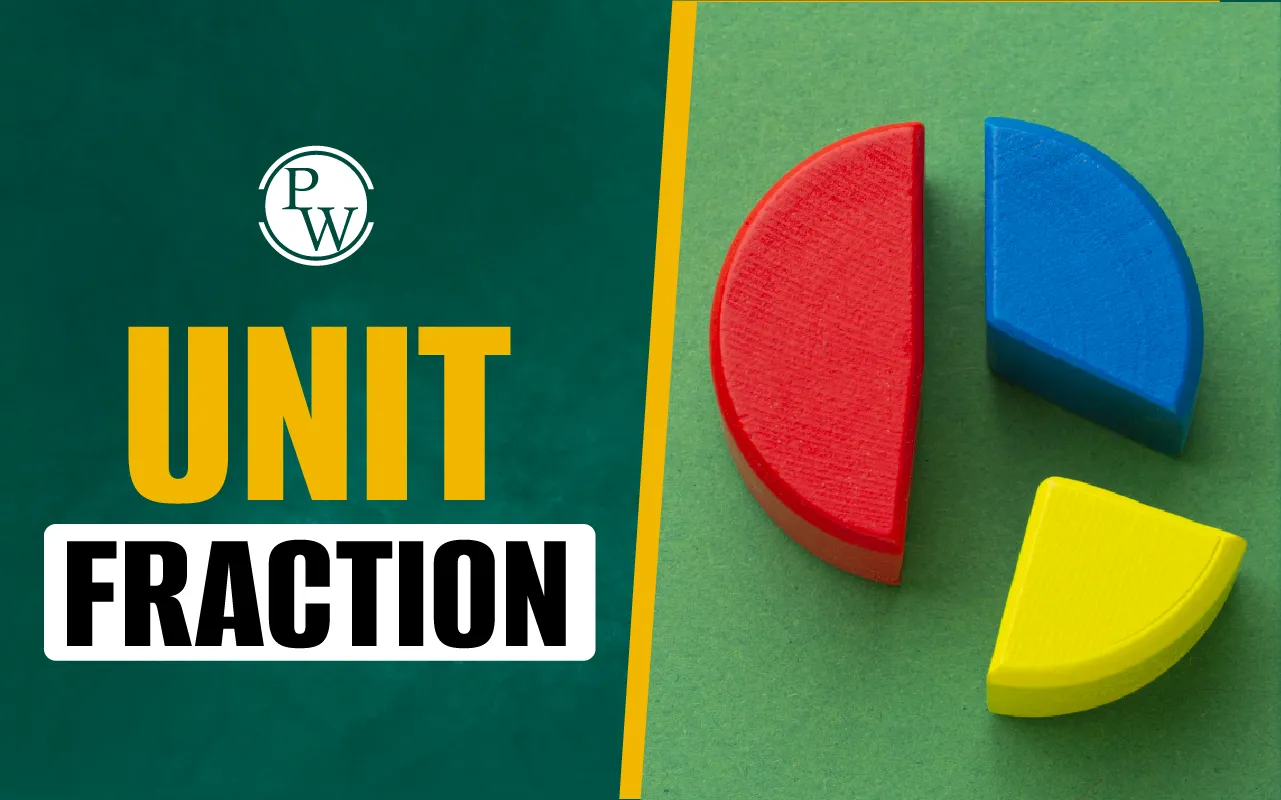
CBSE Class 3 EVS Syllabus: CBSE Class 3 EVS syllabus provides a detailed introduction to environmental studies, covering fundamental concepts in an engaging and informative manner. It includes topics such as plants, animals, cleanliness, and basic human relationships and community. The chapters aim to be both educational and enjoyable, helping students build a solid foundation in environmental studies while maintaining their interest. Familiarity with this syllabus will help students in understanding key concepts and performing confidently in their exams.
Importance of Environmental Studies for Class 3
Environmental Studies (EVS) is a important subject for Class 3 students as it introduces them to basic concepts about the world around them. At this stage, EVS helps students understand their environment and their place within it, fostering a sense of curiosity and awareness. The CBSE curriculum includes EVS to provide young learners with foundational knowledge about their surroundings. This subject covers topics like the natural world, plants and animals and the importance of taking care of the environment. Learning about these topics helps students recognize the value of nature and the impact of their actions on the world. EVS also promotes the development of critical thinking skills. It encourages students to ask questions and explore answers helping them become more observant and thoughtful.CBSE Class 3 EVS Syllabus 2024-25 Chapter-wise
Below is the EVS syllabus for Class 3 students for the academic year 2024-25:Unit 1: Family and Friends
- Relationships
- Work and Play
- Animals
- Plants
Unit 2: Food
- Food from Plants and Animals
- Cooking
- Eating in the Family
- What Animals Eat
Unit 3: Shelter
- Houses and Houses
- Decoration and Cleaning Out Shelter
- My Family and Other Animals
- Mapping My Neighbourhood
Unit 4: Water
- Water for My Family
- Do Animals and Plants Need Water
- Water Shortage
- Water in Our Lives
- Storing Water
Unit 5: Travel
- Going Places
- Ways to Travel
- Talking Without Speaking
- Mailing a Letter
Unit 6: Things We Make and Do
- Pottery
- Textiles
CBSE Class 3 EVS Syllabus Chapter Listing (2024-25)
CBSE Class 3 EVS syllabus for the academic year 2024-25 is divided into 24 chapters each focusing on various aspects of environmental studies. Here is an overview of the chapters included:| Chapter | Title | Description |
|---|---|---|
| 1 | Poonam’s Day Out | Introduction to nature and animals through Poonam’s exploration, helping students learn about animals in different environments. |
| 2 | The Plant Fairy | Exploration of different plants and trees, including neem, coriander, mint, and more. |
| 3 | Water O’ Water! | Overview of the importance of water, its uses, sources, and conservation methods. |
| 4 | Our First School | Focuses on the family as a child's first school, highlighting how basic values and habits are taught at home. |
| 5 | Chhotu’s House | Visual representation of house elements, sewage systems, and common insects found in homes. |
| 6 | Foods We Eat | Examines different food habits across India based on climate, culture, and lifestyle. |
| 7 | Saying Without Speaking | Poem by Jeanne Whitehouse Peterson about communication through gestures and facial expressions. |
| 8 | Flying High | Information on various birds, their features, and abilities, including the differences between flying and non-flying birds. |
| 9 | It’s Raining | Discusses the role of rain and clouds in the ecosystem through a story about an elephant named Appu. |
| 10 | What is Cooking | Introduction to various cooking methods like boiling, baking, roasting, frying, and steaming, along with the utensils used. |
| 11 | From Here to There | Includes an excerpt from 'Railgadi' and discusses different modes of transportation. |
| 12 | Work We Do | Overview of different professions and household chores. |
| 13 | Sharing Our Feelings | Covers emotional expression through a story about Seema and introduces the Braille script. |
| 14 | The Story of Food | Illustrates food habits, serving, and food sources through stories about Rani and Venu’s family. |
| 15 | Making Pots | A story featuring Phugadi the sparrow and Bhanate the crow, explaining the process of making pots. |
| 16 | Games We Play | Discusses various indoor and outdoor games played by children in India. |
| 17 | Here Comes A Letter | Describes the journey of a letter from Reema to her friend Ahmed, explaining the mail delivery process. |
| 18 | A House Like This! | Examines house construction based on climatic conditions, surroundings and culture. |
| 19 | Our Friends- Animals | Highlights the importance of animals and birds through stories, promoting love and care for animals. |
| 20 | Drop by Drop | Focuses on the importance of water, including topics like water pollution, conservation and storage. |
| 21 | Families Can Be Different | Explores various family types, including joint and nuclear families. |
| 22 | Left-Right | Teaches about laterality concepts and their importance for avoiding future difficulties. |
| 23 | A Beautiful Cloth | Introduction to the art of weaving and how clothes are beautifully woven. |
| 24 | Web of Life | Discusses the components of the ecosystem and their interdependence, emphasizing the interconnectedness of life. |
CBSE Class 3 EVS Syllabus – EVS Sample Question Paper
The Environmental Science (EVS) sample question paper for Class 3 is designed to give students a clear idea of the exam format and the types of questions they may encounter. Below is a sample question paper based on the CBSE Class 3 EVS syllabus:I. Fill in the blanks with the following suitable words: (grandson, swimming, home, diseases, fins) 1. Mosquitoes spread __________________ and make us sick. 2. I am Rahul; my grandfather is a retired teacher. I am his______________________ . 3. Fish swim in water with their ___________________. 4. The house in which we live with our family is called a_____________________. 5. Penguins use their wings for ___________________________.
II. Tick (√) the correct answer:
1. My father’s brother is my (a) uncle (b) aunt (c) son 2. We remove it from every corner of our room (a) dustbin (b) cobwebs (c) paint 3. An animal that hops (a) cheetah (b) bear (c) kangaroo 4. A kitchen is a place where we (a) take a bath (b) cook (c) sleepIII. Circle the odd ones out:
1. Uncle, aunt, house, cousin 2. Kitchen, drawing room, bedroom, mosquito 3. Mop, trees, dustbin, broom 4. Rats, rabbits, elephants, squirrels 5. Father, school, mother, sister 6. Shed, lizard, tortoise, crocodileIV. Write two names: –
1. Two things that we buy from the market. a. _________________ b. _________________ 2. Two pet animals a. _________________ b. _________________ 3. Two animals that move in water a. _________________ b. _________________V. Match the following:
1. Rabbit – kennel 2. Lion – stable 3. Dog – burrow 4. Horse – denVI. Answer the following questions:
1. Why should we allow sunlight to come into our homes? ______________________________________________________________________ 2. Why do animals move from one place to another? ______________________________________________________________________V. Draw, name and colour any one thing we use to clean our home.
VI. Classify the following into two groups.
i) That run on fuel and ii) That need no fuel to run (Bus, Tonga, Car, Cycle, Auto-rickshaw, Aeroplane, Bullock-cart, Train, Cycle rickshaw, Boat) i) that run on fuel ii) that need no fuel to run ________________________ _________________________ ________________________ __________________________ ________________________ __________________________ ________________________ __________________________ ________________________ __________________________Benefits of CBSE Class 3 EVS Syllabus
- Understanding the World Around Us: EVS syllabus helps students learn about plants, animals and how things work in their environment. This makes them more aware of the world around them.
- Learning to Take Care of Nature: Students learn about the importance of water, saving resources and keeping their surroundings clean. This helps them understand how to take care of nature.
- Improving Observation Skills: By studying different topics, like animals and plants, students practice observing and noticing details. This makes them better at paying attention to their environment.
- Building Good Habits: Lessons on food, hygiene, and family help students develop good habits. They learn how to eat healthily, stay clean, and respect others.
- Connecting Learning to Daily Life: The syllabus includes lessons about everyday things like cooking, transportation, and games. This makes learning more fun and helps students relate their studies to their own lives.
- Encouraging Curiosity: The variety of topics encourages students to ask questions and explore new ideas. This makes them more curious and excited about learning.
- Learning Practical Skills: Students gain practical knowledge, such as how to cook different foods and understand different types of houses. These skills are useful in daily life.
- Understanding Family and Community: Topics about families and sharing feelings teach students the importance of family and being kind to others. This helps them build strong relationships and understand their role in their community. Join Online Kids Online Tuition Now!!
CBSE Class 3 EVS Syllabus FAQs
What are the games mentioned in chapter ‘Games We Play’?
How can students prepare for EVS exams?
How does the EVS syllabus benefit students?
What are the different birds mentioned in ‘Flying High’?










